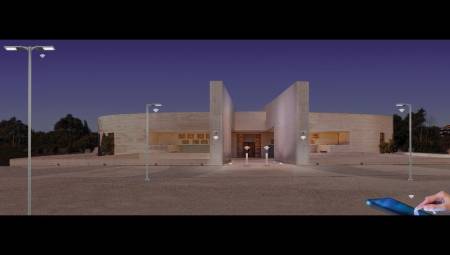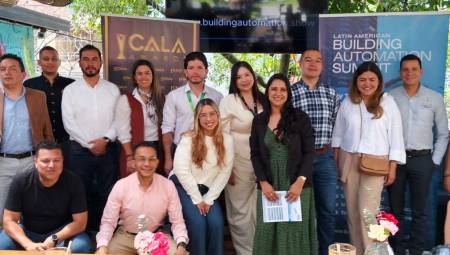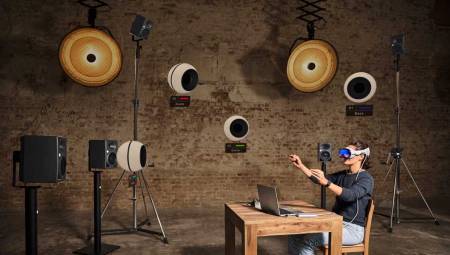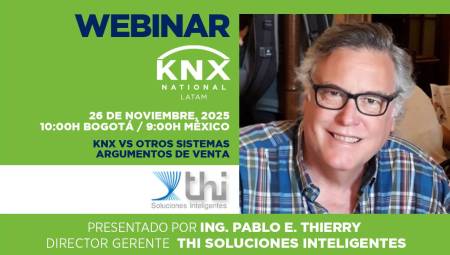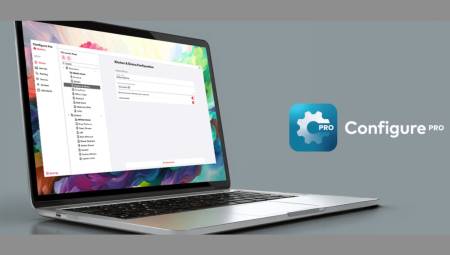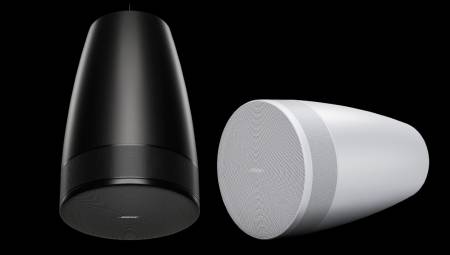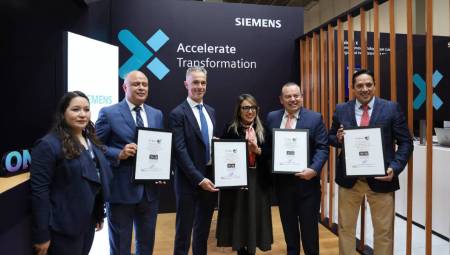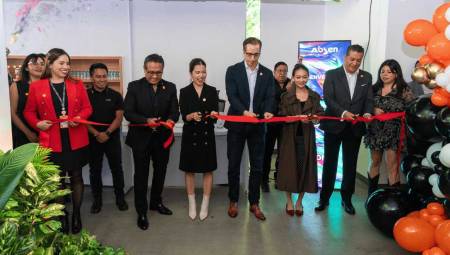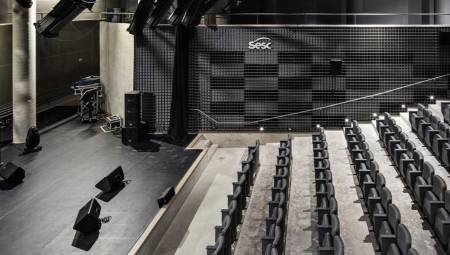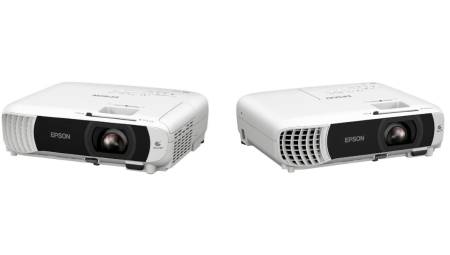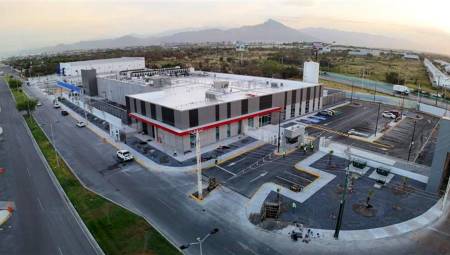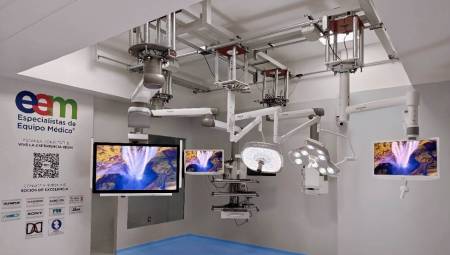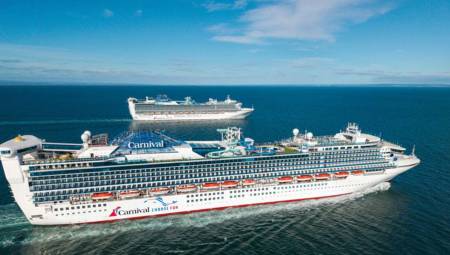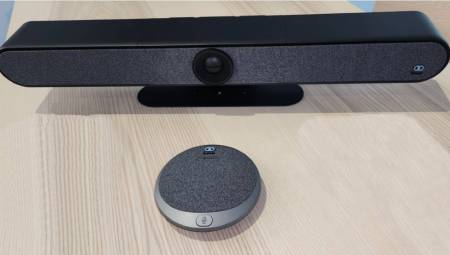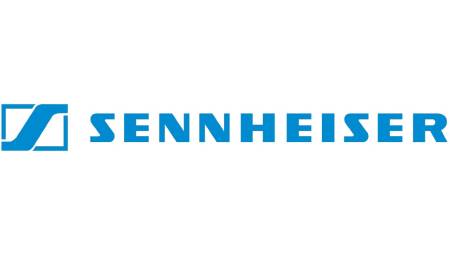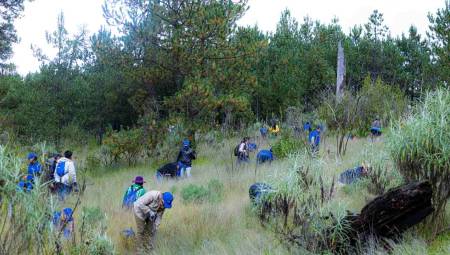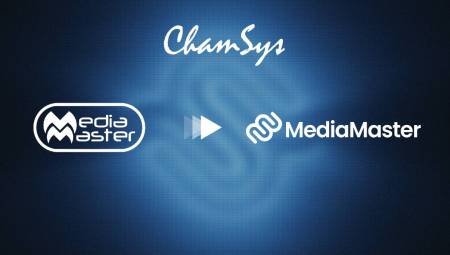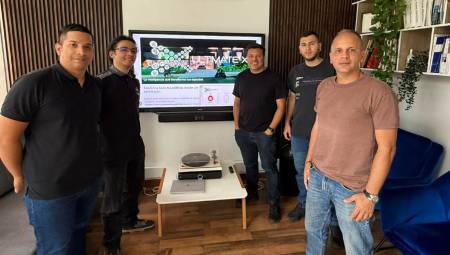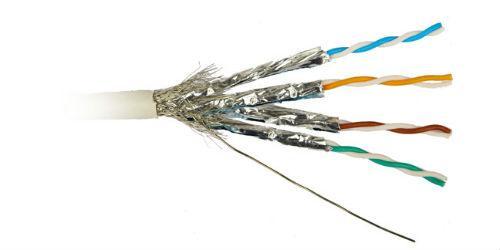 Latin America. Some time ago there were many debates about the transport of 10 Gbps in copper, about its real need, its energy consumption, heat dissipation, etc., and of course the eternal debate between UTP vs. STP solutions. Currently the servers provide connections at 10Gbps, and the transport is carried out smoothly using C6A cabling.
Latin America. Some time ago there were many debates about the transport of 10 Gbps in copper, about its real need, its energy consumption, heat dissipation, etc., and of course the eternal debate between UTP vs. STP solutions. Currently the servers provide connections at 10Gbps, and the transport is carried out smoothly using C6A cabling.
On the other hand, the acceptance of shielded systems has increased significantly, and for some years now the IEEE and the cabling standardization organizations began the project called "New Generation of Ethernet" or in simple terms 40 Gbps through copper.
How has the evolution of Ethernet been and how is the Ethernet Alliance involved?, What does the development of the C8 mean?, What are its applications and what benefit does it represent in the Data Center?, What feature does the C8 present and what are the developments of both ANSI and ISO?. The answers, according to engineer Andrés Mariño, RCDD/NTS of CommScope, are related to different factors:
• Ethernet has a long history since it was invented in 1973. The IEEE began the development of standards for LAN networks in 1980, under Project 802, and to date standards have been published for six different speeds: 10MbE, 100MbE, 1GbE and 10GbE in copper, including additional developments of 40GbE and 100GbE in optical fiber.
• The Ethernet Alliance is an organization that was formed in 2006 by a consortium of industry manufacturers, and is dedicated to achieving the continuity of the success and advancement of Ethernet technologies. The latest Ethernet Roadmap published in 2016, shows the latest advances and contains historical information, as well as future estimates of upcoming speeds, including not only 40G, but intermediate speeds such as 2.5G, 5G, 25G and future 400G.
• The concept of next-generation networks began to be developed in 2012, with the aim of providing a standard migration platform for higher-speed networks. Although there are transport options via fiber optics, an attractive option is required in cost/range and maintaining the advantages of a copper link in operation and remote power supply.
• The fact that cabling systems provide the ability to carry faster technologies means working up to higher frequencies (2GHz for C8). This involves cables and connectors with high protection against interference/noise, the most critical being AXT (exogenous crosstalk or noise generated by adjacent cables). Over the years it has been widely accepted by the industry that shielded copper wiring systems provide the best protection against interference, which is why Category 8 will be shielded. The TIA and ISO are developing different alternatives that will be presented during the Webinar.
• The data center requires the deployment of technologies that reduce response times (maximum speed), therefore it is in these mission-critical spaces where the application of category 8 is required. Target applications of 40GbE include: End of Row, Mid of Row and Top of Rack. In all these scenarios the length of the link is less than 30m, so the application will be limited to the racks of the same row within the computer room.
For engineer Mariño, it is important that customers and especially data center managers build a telecommunications infrastructure that is capable of supporting both current and future applications. Therefore, the initial investment must be in accordance with the technological trend of the company that will develop the project, and based on the recommendations established in international standards and industry trends.
The simplicity of the deployment and operation of Ethernet technologies has kept it as the first choice of IT adoption, maintaining the common interface 8P8C (RJ45) and port capacity to auto-negotiate the transmission speed are the remote device, facilitating the progressive investment in migration 10/100/1000 and now 40G. Additionally, since the emergence of the IEEE 802.3az (Energy Efficient Ethernet) standard, the new devices achieve lower power consumption and support the deployment of a more efficient data center.
"Our company is an industry leader, and invests large amounts of money in R&D to provide the market and its customers with solutions with the most advanced technology. Precisely at the end of 2015, the purchase of the BNS Division of TE Connectivity was formalized, providing the company with the experience of designing and developing armored systems with AMP NETCONNECT solutions. Through the synergy of the R&D groups we now offer the most complete portfolio on the market," concluded CommScope's RCDD/NTS.














